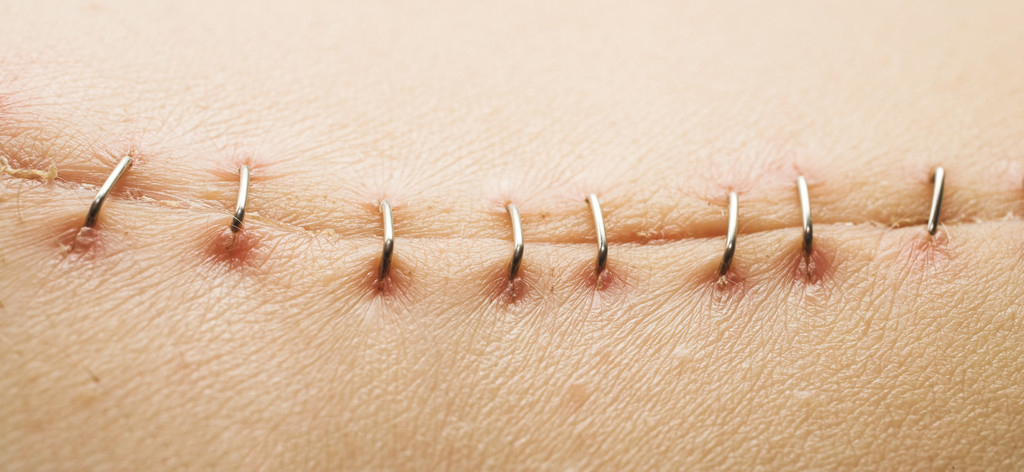
How to repair surgical scar hyperplasia?
Generally, the skin epidermis will heal through epithelial regeneration, but when the skin is severely wounded: when the depth and width of the wound reach a certain level, the skin itself cannot be repaired and healed. At this time, manual intervention is required: skin repair surgery, and surgical needles.
Scars formed after surgical needles are collectively referred to as surgical scars, which are common in car accidents, caesarean section, and scratches. They are usually divided into common hyperplasia, inflammatory hyperplasia, and secondary keloids (scarring physique). So what should I do after surgery for scar hyperplasia?
Causes of surgical scar hyperplasia
The wound does not undergo good prevention and care during the healing process. Scars that appear different from normal skin. Hyperplasia is induced after scar infection; in addition, the hyperplasia of surgical scars is also closely related to the patient's constitution.
Surgical scar hyperplasia
The scar of the skin is damaged and thickened. The edges of the scar are irregular and slowly spread to the surrounding normal skin tissue.
Two to three weeks after the scalpel is scarred, the scar begins to proliferate, at which point it becomes red, purple, hard, and highlights the surface of the skin. About three months to six months or so, the fibrous tissue proliferation gradually stops, the scars gradually become softer and the color becomes dark brown, and the scar will appear itchy.
——The following mainly introduces three manifestations of surgical scar hyperplasia:
1 Common hyperplasia features injury to the dermis, slightly higher than normal skin, color close to normal skin, no obvious itching, time more than 6 months.
2 inflammatory hyperplasia features injury to the dermis, significantly higher than normal skin, reddish color, surface or visible telangiectasia, itchiness is more obvious, scars are generally harder than 6 months.
3 secondary keloid (scarring physique) features scars on the damaged parts of the skin, induration gradually thickening, thickening, irregular edge of the scar, and slowly to the surrounding normal skin tissue, infiltration spread, strong itching pain.
How to treat surgical scar hyperplasia?
At present, in order to treat scar hyperplasia, it is necessary to solve the problem from the root cause. Our hospital uses "micro-ion scar ablation combined with sputum system" to eliminate scar hyperplasia, through ablation of scar tissue cells, deep lesions, comprehensive repair of scar basal cells, activation of skin tissue regeneration mechanism, recombinant texture, balance pigment, repair from roots Scars, to prevent recurrence, and ultimately achieve the ideal smooth and close to normal skin color.
